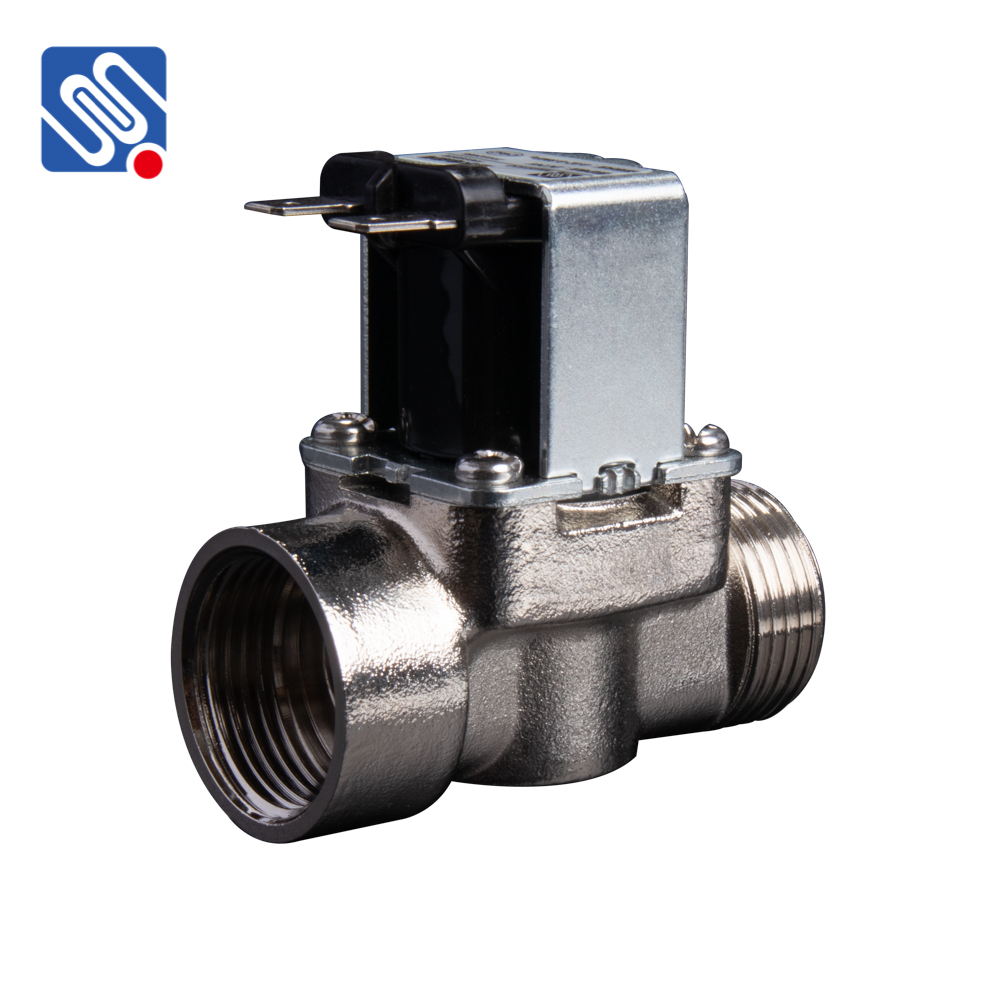A hot water solenoid valve is a key component in various applications that require precise control of water flow, especially in systems where hot water needs to be managed effectively. This type of valve is widely used in household appliances, industrial equipment, and water treatment systems, offering a reliable and efficient way to control hot water delivery. In this article, we will delve into the working principles, applications, and benefits of hot water solenoid valves, providing insights into how they play a crucial role in modern water control systems.

Working Principle of Hot Water Solenoid Valves At its core, a hot water solenoid valve is an electromechanical device that regulates the flow of hot water by using electrical energy. The valve contains a solenoid coil that, when energized, generates a magnetic field that moves a plunger or armature within the valve. This movement either opens or closes the valve, depending on the design of the system. When the solenoid is activated, the valve opens, allowing hot water to flow through the system. When deactivated, the valve closes, stopping the water flow. The speed and precision of solenoid valves make them ideal for situations where quick and accurate control of fluid flow is necessary. The technology is simple, yet highly effective, as it relies on electromagnetic forces to operate. The hot water solenoid valve also ensures that water pressure and temperature are managed efficiently, preventing unnecessary wastage or overheating.